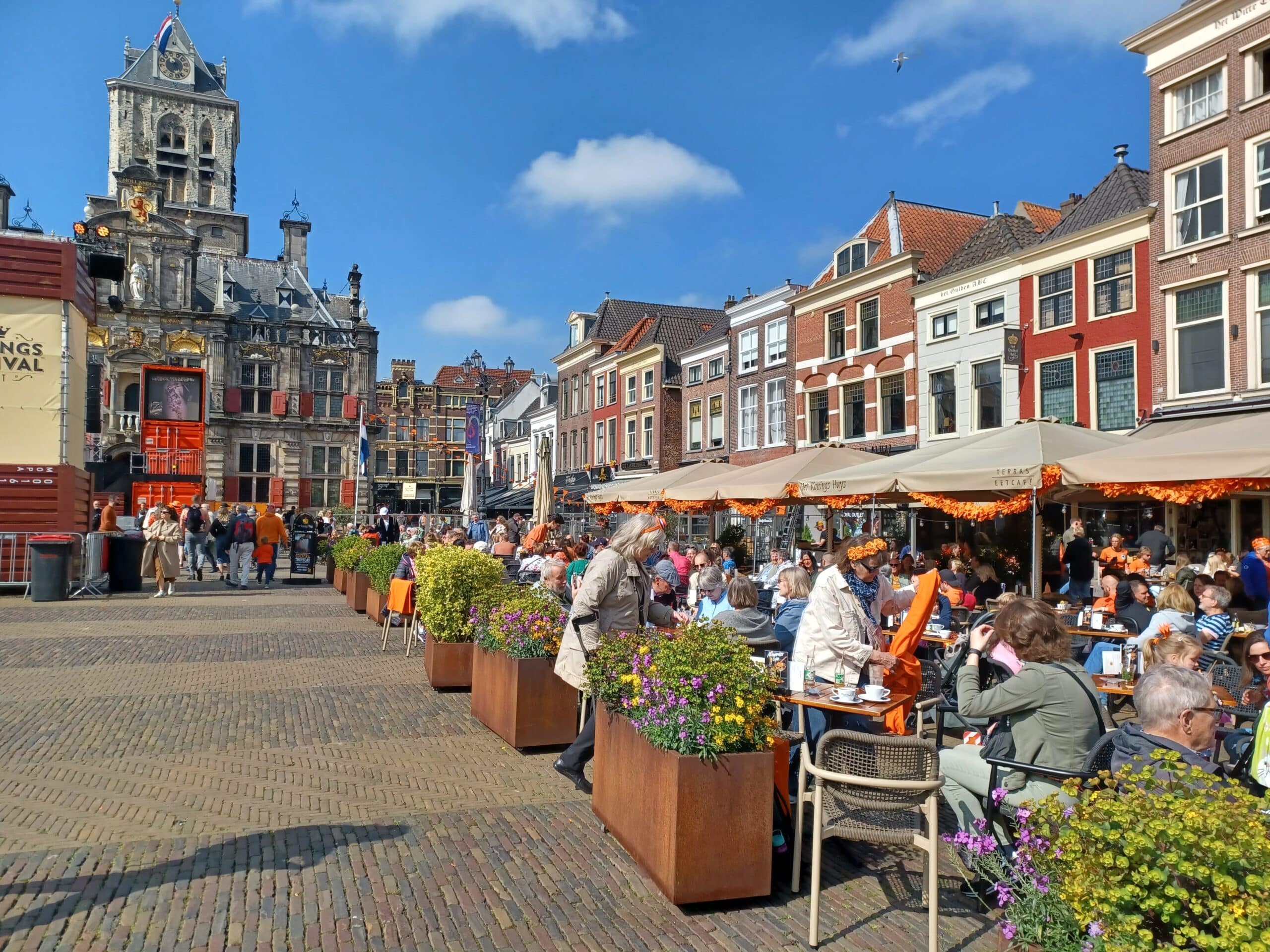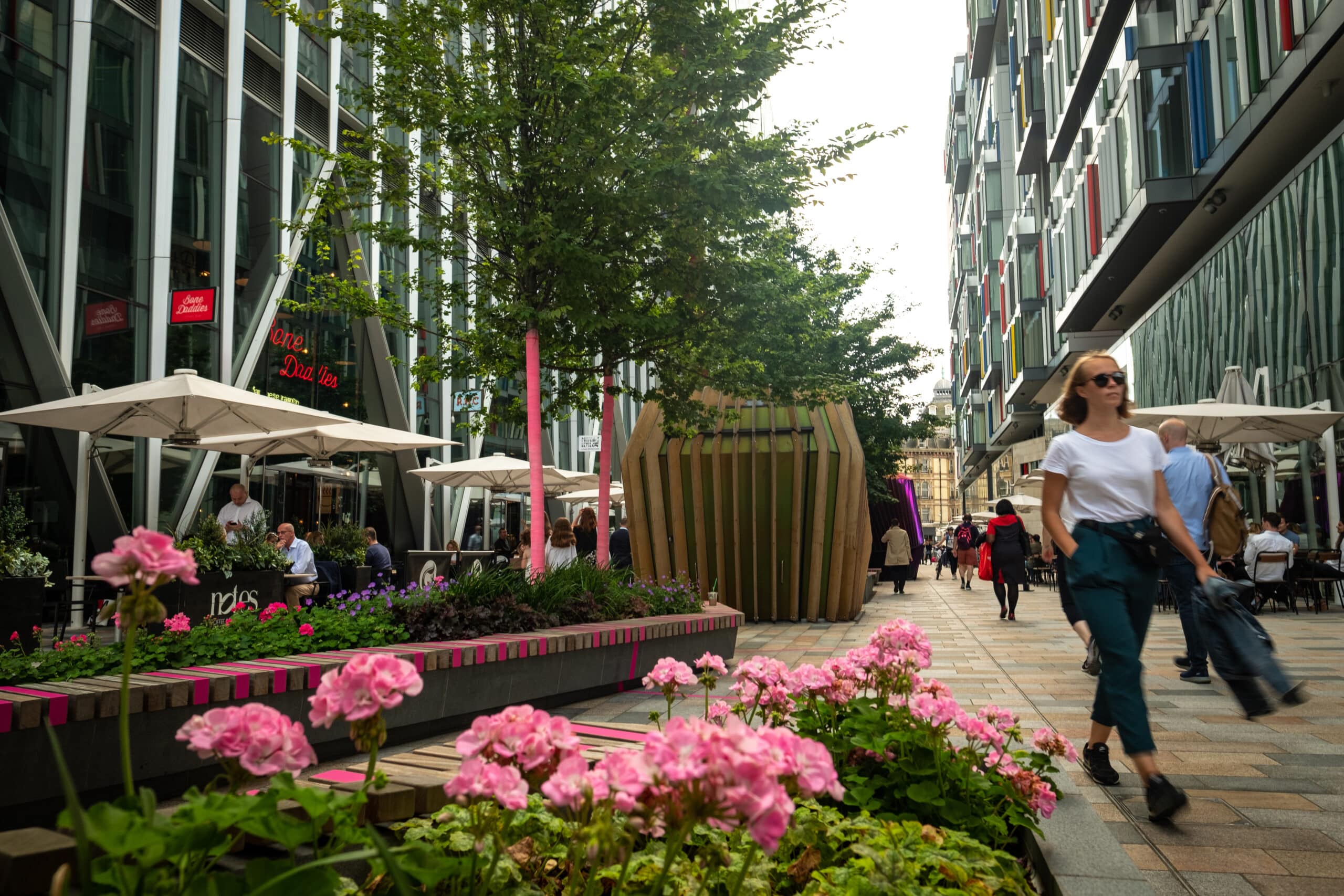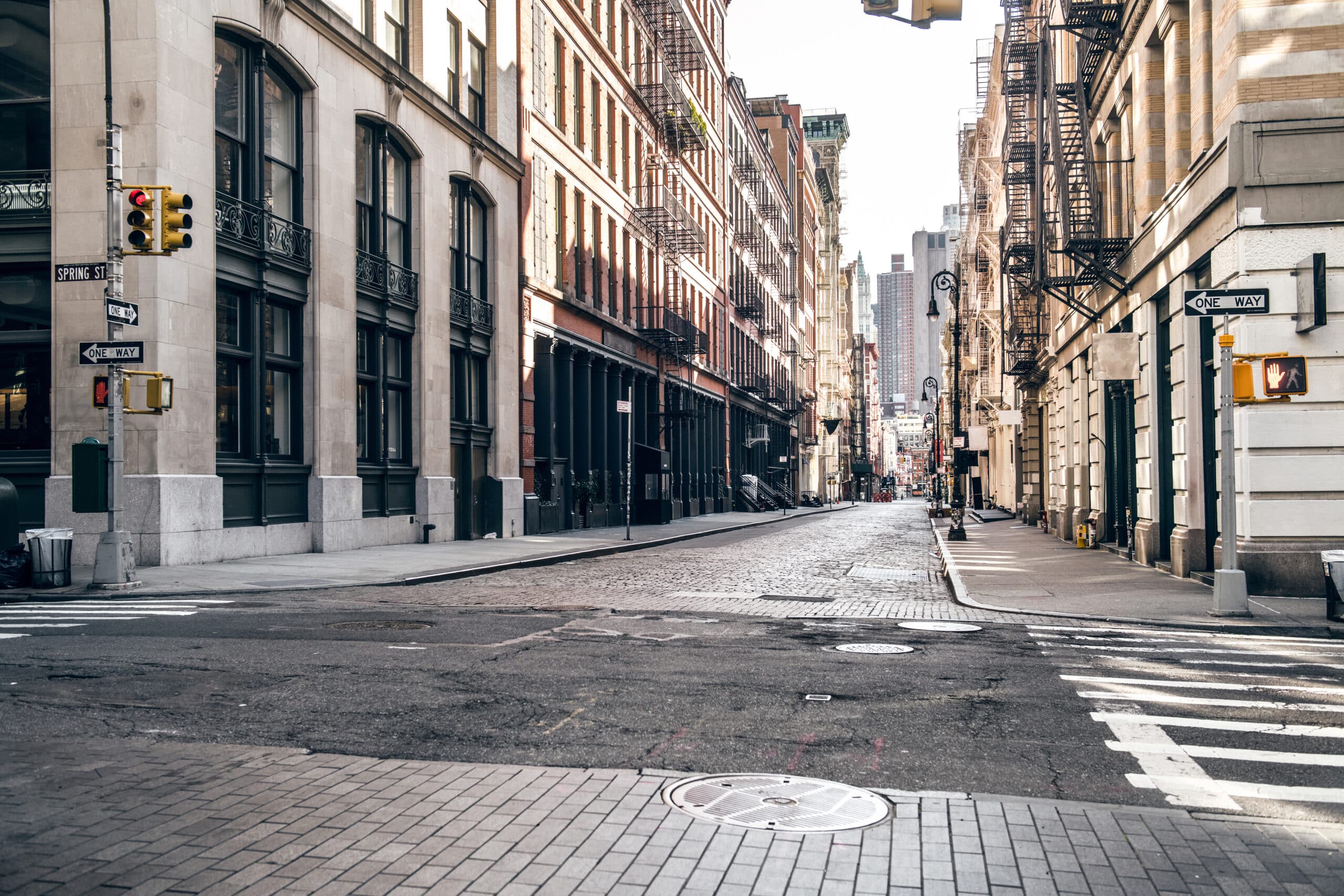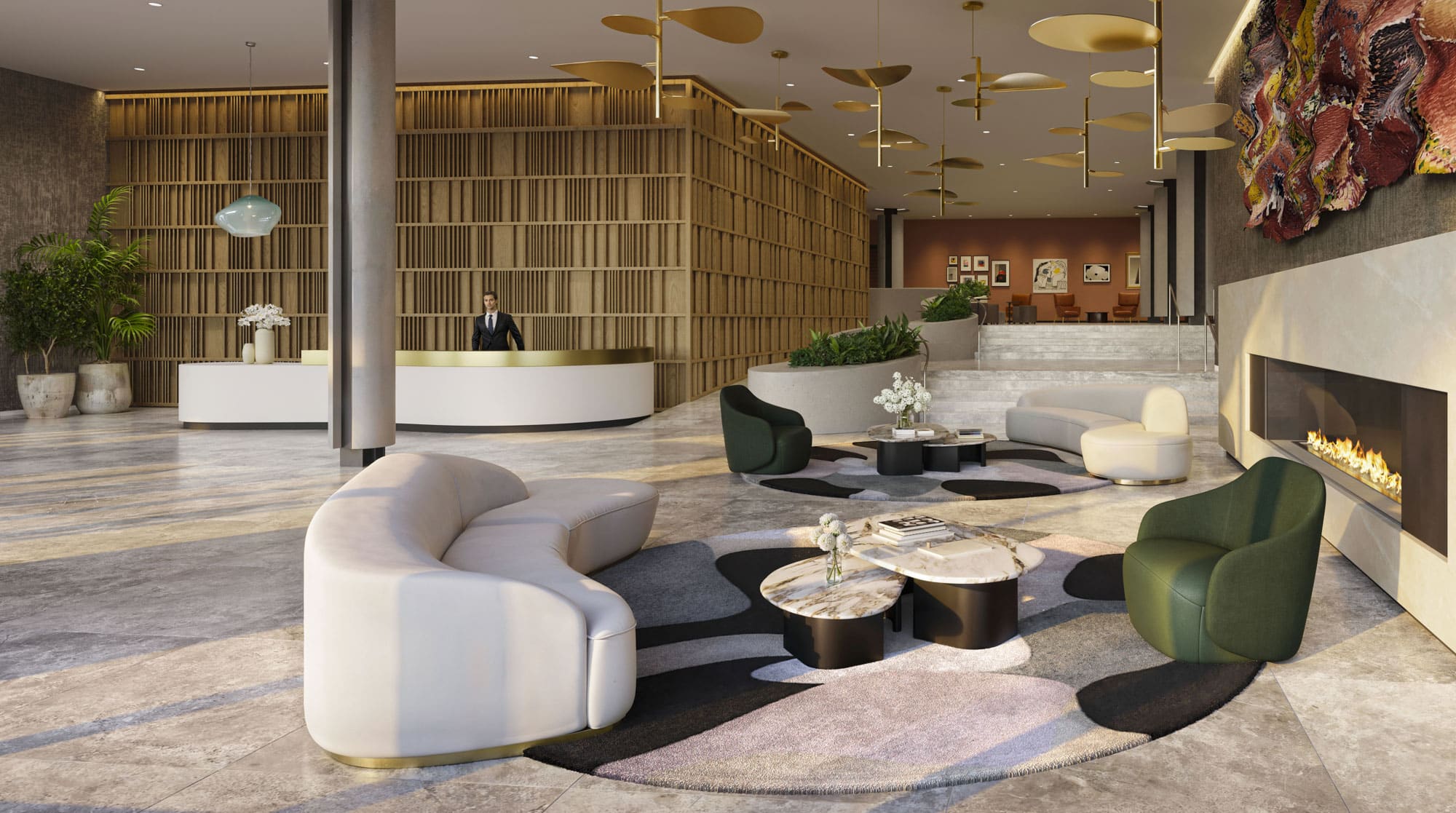For those of us who make it our job to love cities, summer vacation travel isn’t just about getting away, it’s an opportunity to be inspired by world-class places. Cities throughout the Netherlands and Belgium, known for having great public spaces and people-centric planning, offer valuable lessons on how thoughtful design can shape everyday life. Here are three main takeaways from exploring these European cities:
1. Tiny gardens, big impact. Throughout Amsterdam and The Hague, tiny strip planters and curbside gardens with vining flora decorate trellises and buildings. The combined effect of these impossibly small green plots and pots is hard to deny: not only do they personalize each individual stoop and tree well, but collectively they add a layer of texture and charm that softens and cools the concrete cityscape. These clever installations remind us that meaningful greening doesn’t require major interventions, just some creativity, stewardship, and a little bit of space.
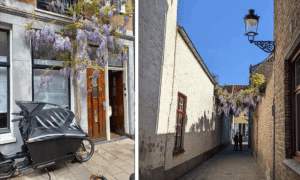
2. Great streets come in lots of flavors
Throughout the Netherlands and Belgium, charming residential lanes, lively commercial high streets, and sweeping, formal boulevards all have one thing in common: they are designed for multimodal transportation, not just cars.
Traveling on foot and by transit with young children and older adults feels safe and easy. Separated bike lanes, wide sidewalks, clear intersection signaling, and intuitive transitions between street types reinforce the prioritization of human-centric design. Traffic moves at a friendly pace and cars are smaller than they are in the US, contributing to the comfortable feel of life on the street. Notably, stop-signs appear practically nonexistent in the Netherlands; instead, well-designed intersections, an emphasis on street hierarchy, and liberal use of traffic circles guide traffic patterns. The impact of thoughtful street design on the overall quality of place is on full display in busy commercial districts and quieter neighborhoods alike.
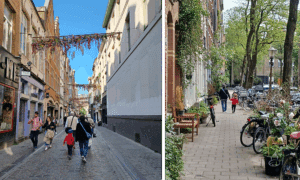
3. Going shopping isn’t really about buying stuff.
Some of the most memorable places in larger European cities are essentially malls. However, in contrast to the suburban American shopping experience, retail destinations in the Netherlands and Belgium function as vibrant anchors of urban life. In The Hague and Brussels, shopping districts like The Passage or the Galeries Royales Saint-Hubert are embedded in the fabric of the city, easily accessible by transit, integrated with historic architecture, and situated near cultural attractions, food, and great public space.
These layered combinations of choices and proximities generate a vibrant mix of culture, activity, and people-watching —all of the nuanced complexity that fosters an emotional connection to a place. These spaces are particularly vital for teenagers and others who don’t drive; when driving is not an obstacle, teens can travel freely, meet their friends, and enjoy full participation in cultural experiences and urban life in a lively and safe environment.
Ultimately, as these examples show, great retail districts become beloved not because of what’s for sale, but because of how they make people feel.

Travel gives us the chance to explore how other places approach public spaces, streets, and transportation. Even without European-style urban density and transit as a framework, we can apply many of the same principles of great places—like infusing greenery wherever it fits, designing intuitive streets that feel safe for all users, and weaving together all of the thoughtful details and harmonious adjacencies that make truly memorable places that stand the test of time.
BACK TO LATEST

